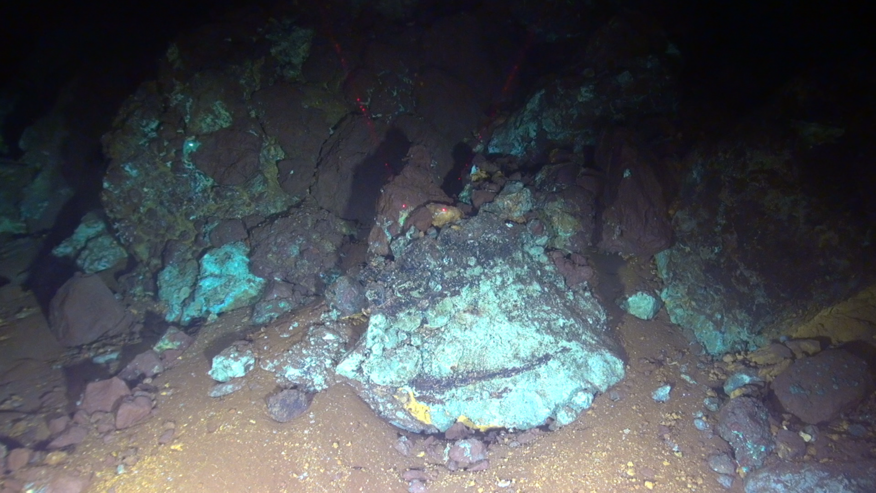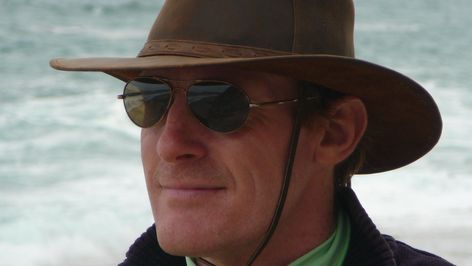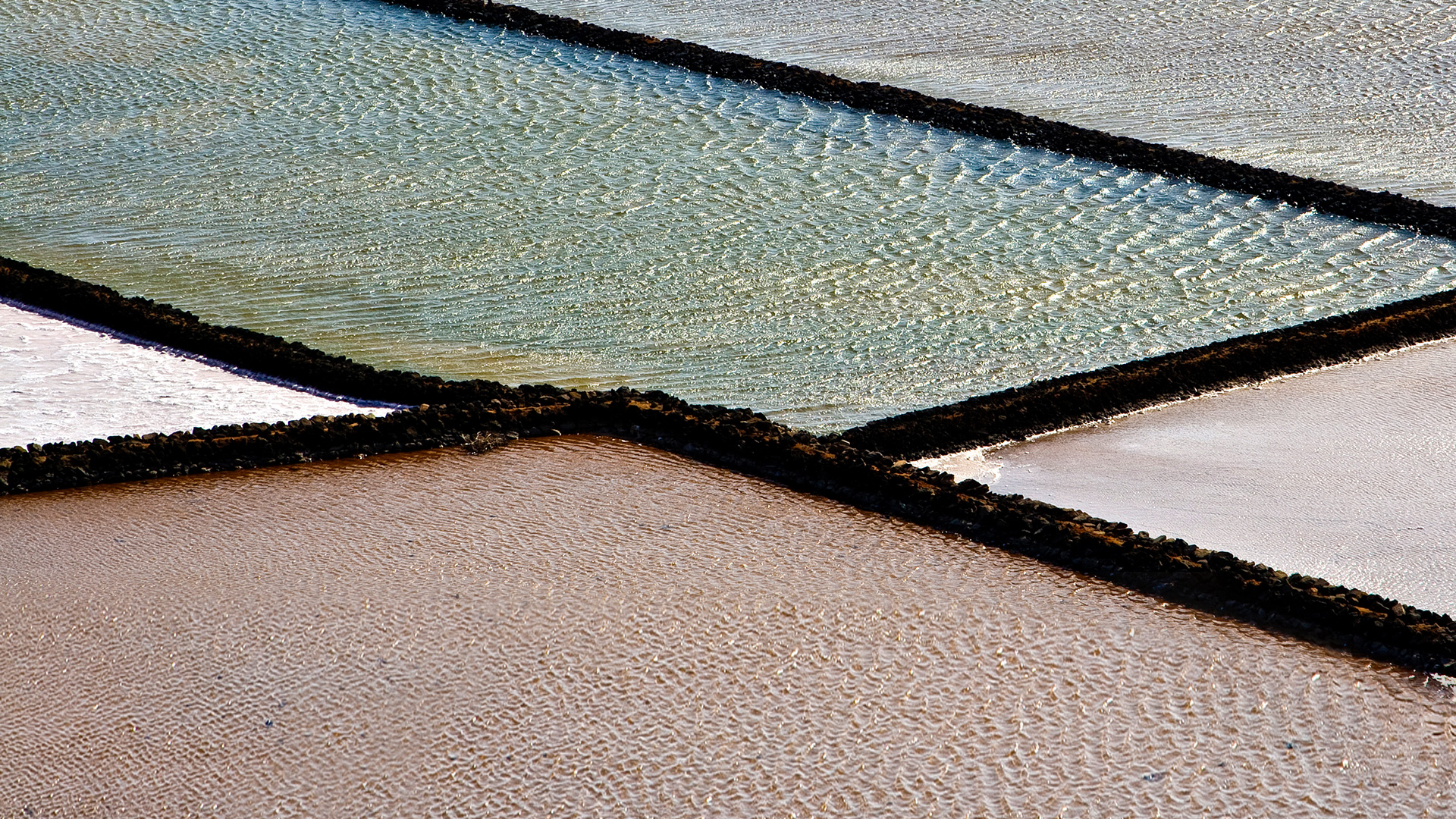Cement-like rock protects underwater ore deposits
Hot springs on the sea floor, known as black smokers, are a spectacular sight, not least because they are home to a rich variety of animal sea life. Moreover, metal-rich fluids flow out of these hydrothermal vents on the sea floor. Minerals are precipitated from this hot mixture when it comes into contact with the cold seawater. Over time, huge copper, zinc and gold ore deposits build up. There has recently been increased interest in these massive sulphide deposits as potential sources of raw materials.

"A lot of research has now been done on black smokers," says Dr. Murton. "But the biggest question is, what happens to the minerals when the hot springs stop flowing?" Deep sea mining only becomes feasible when vents are exhausted and there is no longer hot water measuring 300°C flowing out of the sea floor and the accompanying animal sea life has also disappeared. However, the oxygen contained in seawater would normally destroy the sulphide minerals relatively quickly. "After a few hundred thousand years it is likely that one will only find waste rock," says Murton.

Dr. Bramley Murton is a geologist and specialist on the oceanic crust and the formation of mineral deposits. He heads the Marine Mineral Research team at the National Oceanography Centre in Southampton. He is also a Principal Investigator on the EU-funded Blue Mining project in which 19 international partners are testing various technologies for the exploration of sea floor deposits.
In the Blue Mining project, Murton and colleagues from 19 partner organizations are investigating how the metal deposits form on the sea floor and what the best geophysical methods are for exploring their structure. Last year, researchers on board the German research vessel FS METEOR and the British vessel RRS James Cook studied the TAG field in the mid-Atlantic at 26 degrees North which is an area of hydrothermal vents discovered in 1985. "The crews of the two ships worked very closely together," says Murton. In fact, some of the researchers took part in both expeditions, and equipment was also exchanged. The scientists are sharing the data they have obtained and are jointly publishing the results. In order to plan the mission, Murton had half a dozen meetings with his colleague Sven Petersen of the GEOMAR Helmholtz Centre for Ocean Research Kiel.
The team on board the James Cook took several samples from the ore mounds at nine different locations using a drill that was specially designed for the purpose. This was a difficult task because sites had to be found on the rugged ocean floor to set down the six-tonne drilling unit. The sites had been previously identified by the researchers on board the METEOR.
The samples revealed that the sensitive ores are protected from decay by a hard layer of silica. "It appears that these cement-like layers are formed when the temperatures of the black smokers decrease at the end of their lifespan," explains Bramley Murton. Similar rock sequences can be observed with sulphide deposits on land.
Further information:


